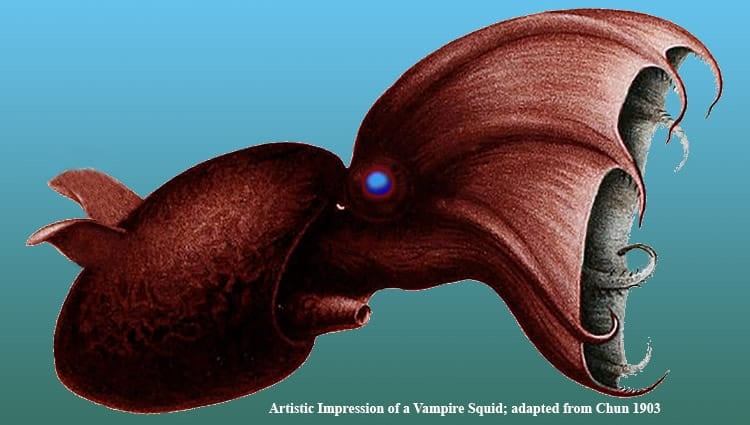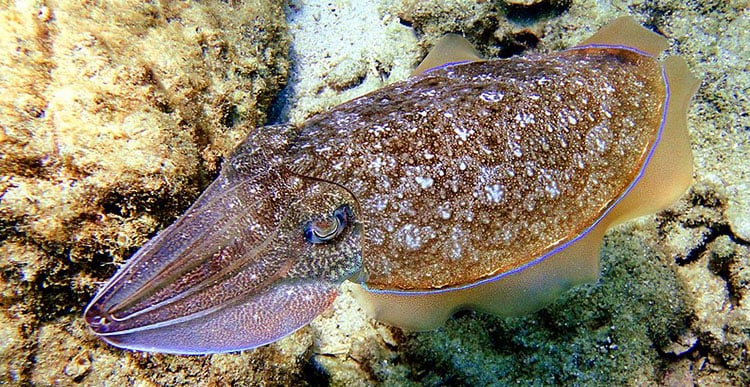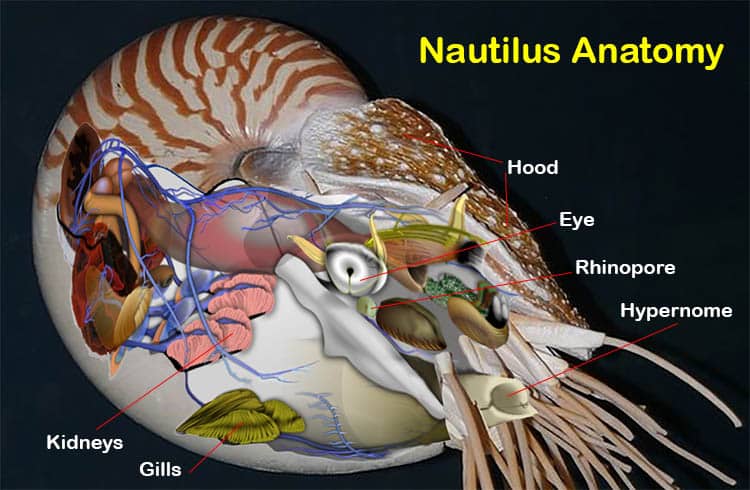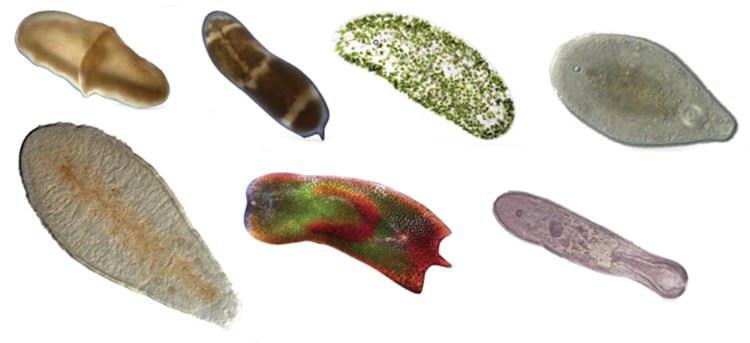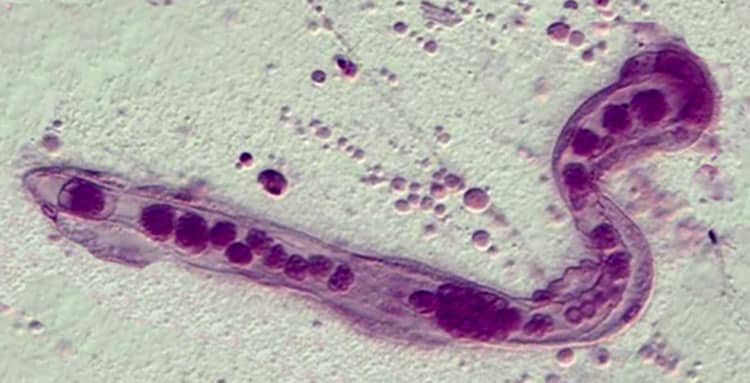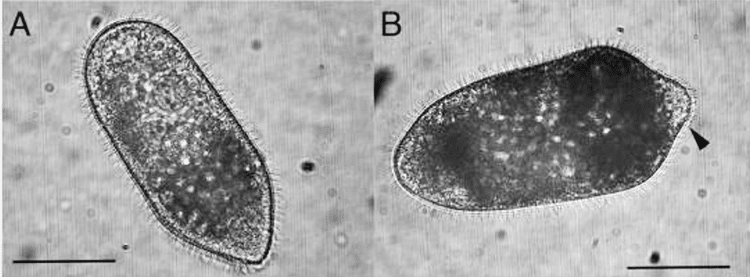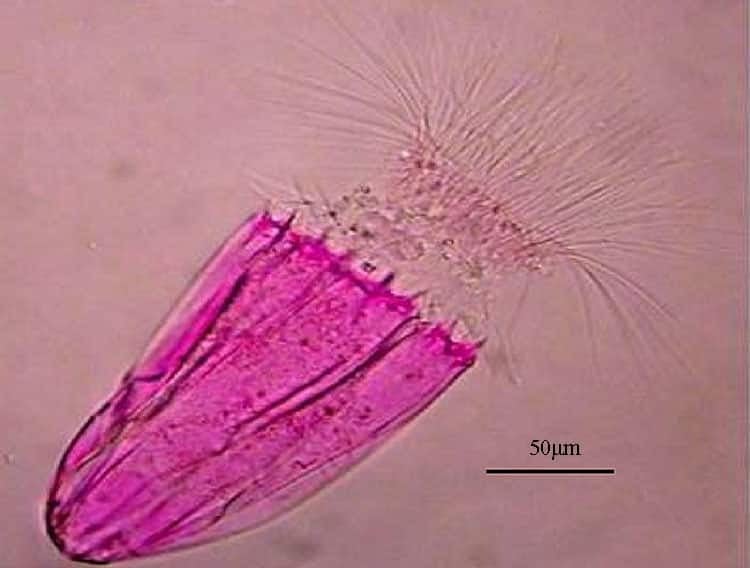inverts
-
Vampire Squid: The Surprising Facts
Vampire Squid, there is only one species, are Coleoid Cephalopods currently classified as being the sole member of the family…
Read More » -
Cuttlefish Anatomy 101: A Look Inside
Cuttlefish Anatomy: Introduction Cuttlefish anatomy, because cuttlefish are cephalopods, arises from the same anatomical base as other cephalopods, including a…
Read More » -
Cuttlefish: Colourful Living Artists of the Oceans
Cuttlefish are amazing creatures. Intelligent, underwater living works of ephemeral art; they are often called the chameleons of the sea..…
Read More » -
Nautilus Anatomy: Unique eyes, shells and tentacles.
The Anatomy of Nautilus Introduction The anatomy of a nautilus follows the basic molluscan plan. However, because the nautiloid line…
Read More » -
Order Nautilida: The Ancient and Enigmatic Nautilus
Introduction to the Nautilus The Nautiluses, or Nautili are a small, and very beautiful, group of living, shelled cephalopods. The…
Read More » -
Myxozoa: Tiny Cnidarian Parasites of Fish and Invertebrates
The Myxozoa; An Introduction Taxonomically the position of the Myxozoa is still not entirely clear. Are they a class, a…
Read More » -
Phylum Xenacoelomorpha; Simple marine worms
Xenacoelomorpha – Etymology: From Ancient Greek Xenos = strange, + koîlos, “hollow” – (as in coelom) + morphḗ, “shape”. Animal with a strange shaped gut. Characteristics of…
Read More » -
Dicyemida: Tiny Marine Parasites of Octopus and Squids
Dicyemida Etymology: From the Greek Di for two and cyem for germ – referring to the existence of both sexual…
Read More » -
Orthonectida: Tiny Parasites of Starfish, Bivalves and Worms
Etymology: From Ancient Greek (orthós, “straight”) and (nēktós, “swimming”) or (nḗktēs, “swimmer”) Characteristics of Orthonectida: Bilaterally symmetrical. Has no organs or tissues. Body contains no…
Read More » -
Phylum Cephalorhyncha: Tiny Marine Worms
Etymology of Cephalorhyncha: From the Greek Kephalos for head and Rhynchos (snout or beak) There are 237 species of Cephalorhyncha known to…
Read More »

